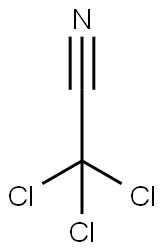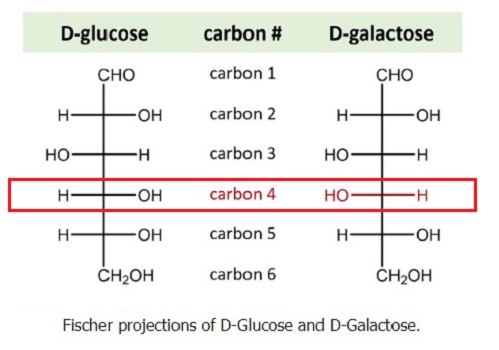The research on the toxicity of Trichloroacetonitrile
Description
Trichloroacetonitrile is used as an intermediate in insecticides, pesticides, and dyes. It is an efficient dehydrating agent for a range of aldoximes, including aromatic and heterocyclic aldoxime, yielding the corresponding nitriles in moderate to good yields. It is also an efficient activating agent for the ipso-hydroxylation of aryl boronic acids to phenolic compounds. In Korea alone, over 10 tons are used annually. Its oral and dermal toxicity is classified as category 3 according to the globally harmonized system of classification and labeling of chemicals, and it is designated a toxic substance by the Ministry of Environment in Korea[1-2].
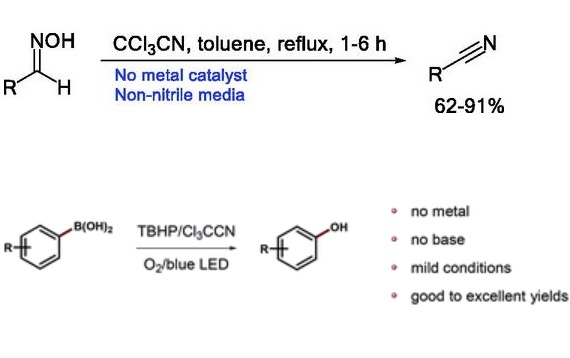
With regards to the potential hazard posed by trichloroacetonitrile, its LD50 for acute oral toxicity in rats was 250 mg/kg, and its LD50 for acute dermal toxicity was 1,300 mg/kg in rabbits. Studies reported that trichloroacetonitrile may cause drowsiness and breathing difficulties when acutely inhaled.
Acute toxicity
The exposure concentrations in a previous acute toxicity study were 85 ppm (0.5 mg/L), 340 ppm (2 mg/L), and 1,700 ppm (10 mg/L) according to acute inhalation toxicity test guideline 403 of the OECD (Organization for Economic Cooperation and Development), which is a test method suggested by the United Nations for a globally harmonized system of classification and labeling. In that study, all the rats died after exposure to 340 ppm for 4 hr, and all those exposed to 85 ppm survived. This means that the acute inhalation toxicity of trichloroacetonitrile should be classified as category 2 and that trichloroacetonitrile is more toxic when inhaled than when administered orally or dermally.
Histopathological studies
In contrast to the body weights, the trichloroacetonitrile exposure did not affect the animals’ physical activities, blood hematology, serum biochemistry, or histopathological findings, except for the nasal cavity. Although the absolute weights of the liver, spleen, and thymus significantly decreased and the relative weights of the brain, lung, and heart significantly increased in the medium-exposure group, these were not associated with changes in the histopathological studies. Therefore, it seems that the weight differences were not related to the trichloroacetonitrile exposure. Statistically significant blood hematology and serum biochemistry differences were also not associated with histopathological changes[3].
In the histopathological findings, the major target organ of trichloroacetonitrile was the nasal cavity. Decreased cellularity was observed in NALT, in addition to hyperplasia, goblet cell hyperplasia, subepithelial inflammatory cell infiltration, atrophy in the respiratory epithelium, epithelial hyperplasia, squamous metaplasia, subepithelial inflammatory cell infiltration in the transitional epithelium, and epithelial atrophy, nerve fascicle atrophy, Bowman’s gland atrophy, and squamous metaplasia in the olfactory epithelium. Moderate hyperplasia in transitional epithelium and atrophy and nervous fascicle atrophy in the olfactory epithelium were observed in the male and female rats in the medium-exposure group. Moderate atrophy and nerve fascicle atrophy were also observed in the olfactory epithelium of the female rats in the aforementioned group.
Target organs
In addition, the histopathological studies of the dead rats commonly revealed respiratory lesions in the high-exposure group. The lesions found in the high-exposure group were severe relative to those in the low- and medium-exposure groups. Loss of cilia in the trachea, pneumonitis in the lung, and epithelial hyperplasia in the bronchi and bronchioles were found only in the dead rats in the high-exposure group. Therefore, it seemed that the target organs of trichloroacetonitrile are the nasal cavity, trachea, and lungs.
References
[1] Xiaoyun Ma , Zhengjian Chen, Dan Liu . “Dehydration of aldoximes to nitriles using trichloroacetonitrile without catalyst.” Synthetic Communications 51 21 (2021): Pages 3261-3266.
[2] Yuanding Fang . “Trichloroacetonitrile as an efficient activating agent for the ipso-hydroxylation of arylboronic acids to phenolic compounds1.” Organic Biomolecular Chemistry 17 32 (2019): Pages 7558-7563.
[3] Han, Jeong Hee , Y. H. Chung , and C. H. Lim . "Subchronic Inhalation Toxicity of Trichloroacetonitrile on the Sprague Dawley Rats." Toxicological Research 31.2(2015):203-211.
);You may like
See also
Lastest Price from Trichloroacetonitrile manufacturers
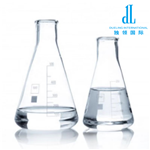
US $1.00/kg2024-02-27
- CAS:
- 545-06-2
- Min. Order:
- 1kg
- Purity:
- 99%
- Supply Ability:
- 5000 Ton
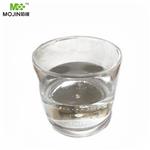
US $50.00/kg2023-08-08
- CAS:
- 545-06-2
- Min. Order:
- 1kg
- Purity:
- 99%
- Supply Ability:
- 20tons
